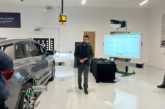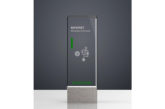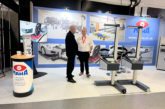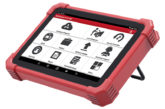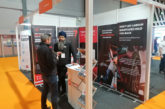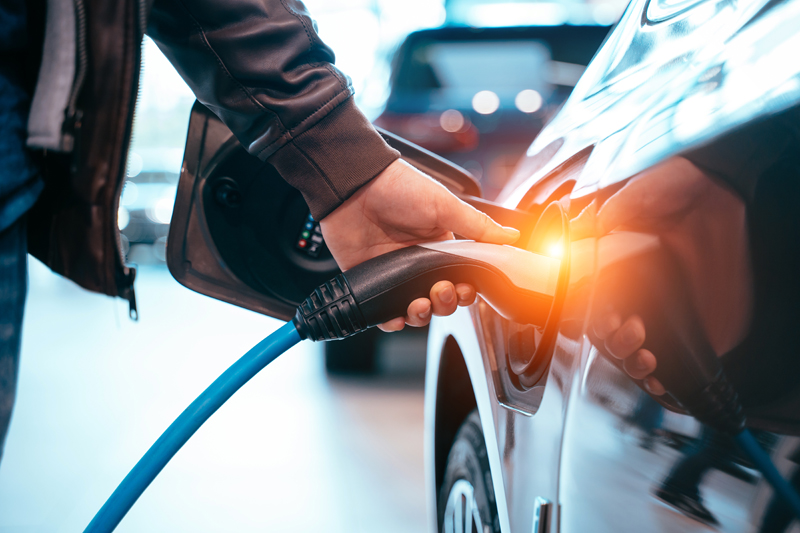
New findings from the European Automobile Manufacturers’ Association (ACEA), has stated that sales of alternatively-powered vehicles are following a highly uneven pattern across EU member states.
Indeed, the consumer uptake of battery electric, plug-in hybrid and hybrid electric passenger cars, as well as those fuelled by natural gas or hydrogen, is said to differ strongly from country to country as a recent report points out.
“Although the average EU market share of alternatively-powered vehicles is going up, the huge discrepancies across Europe are extremely worrisome,” stated ACEA Director General, Eric-Mark Huitema. “As we push ahead in the transition to zero-emission mobility, we need to ensure that no countries and no citizens are left behind.”
For instance, the number of battery electric cars and plug-in hybrids (electrically-chargeable vehicles, or ECVs) sold last year, ranged from just 93 cars in Latvia (0.6% market share) to 67,504 in Germany (2% market share), ACEA’s data shows.
This picture is said to be representative, as the consumer uptake of electrically-chargeable cars is particularly low in Central and Eastern Europe, with Poland for instance selling hardly any (0.2% of total passenger car sales). An ECV market share of more than 1.5% is something that is reportedly exclusive to Western European countries.
When it comes to electrically-chargeable vehicles, the ACEA report highlights not only an east-west divide, but also a marked north-south distinction. Indeed, electric cars represent less than 1% of total sales in Italy and Spain – the third and fourth largest EU economies respectively.
Clearly, the uptake of electrically-chargeable cars is correlated to a country’s standard of living, with half of all EU member states having a market share lower than 1%. In only four EU countries electrically-chargeable vehicles make up more than 2.5% of the car market.
Eric-Mark continued: “Mobility must remain affordable for all layers of society. That is why we are calling on governments to put in place more meaningful and sustainable incentive schemes to stimulate sales EU-wide.”
ACEA’s report also showed that sales of cars running on natural gas were mainly concentrated in Italy and Germany (74% of the EU total), and that fuel-cell cars accounted for a negligible share of total EU passenger car sales for the time being.
If the extremely ambitious 2025 and 2030 CO2 targets set by the EU are to be achieved, sales of all types of alternatively-powered vehicles will have to pick up rapidly in all member states.
ACEA’s research revealed:
Electrically-chargeable Vehicles (ECVs)
Top 5 most ECVs sold (market share)
- Germany: 67,504 (2.0%)
- United Kingdom: 59,911 (2.5%)
- France: 45,587 (2.1%)
- Netherlands: 29,695 (6.7%)
- Sweden: 28,327 (8.0%)
Top 5 least ECVs sold (market share)
- Latvia: 93 (0.6%)
- Estonia: 118 (0.5%)
- Lithuania: 143 (0.4%)
- Bulgaria: 220 (0.6%)
- Slovakia: 293 (0.3%)
Hybrid Electric Vehicles (HEVs)
Top 5 most HEVs sold (market share)
- Germany: 98,816 (2.8%)
- France: 91,815 (4.6%)
- Italy: 81,892 (3.2%)
- United Kingdom: 81,323 (4.0%)
- Spain: 75,768 (6.2%)
Top 5 least HEVs sold (market share)
- Latvia: 672 (5.5%)
- Slovenia: 1,459 (4.7%)
- Estonia: 1,566 (4.3%)
- Bulgaria: 1,600 (4.3%)
- Lithuania: 2,351 (4.1%)
Fuel Cell Electric Vehicles (FCEVs)
Top 5 most FCEVs sold (market share)
- Germany: 154 (0%)
- United Kingdom: 36 (0%)
- France: 36 (0%)
- Netherlands: 13 (0%)
- Belgium: 8 (0%)
Natural Gas Vehicles (NGVs)
Top 5 most NGVs sold (market share)
- Italy: 37,406 (2%)
- Germany: 10,804 (0.3%)
- Belgium: 3,987 (0.7%)
- Spain: 3,754 (0.3%)
- Sweden: 3,235 (0.9%)



